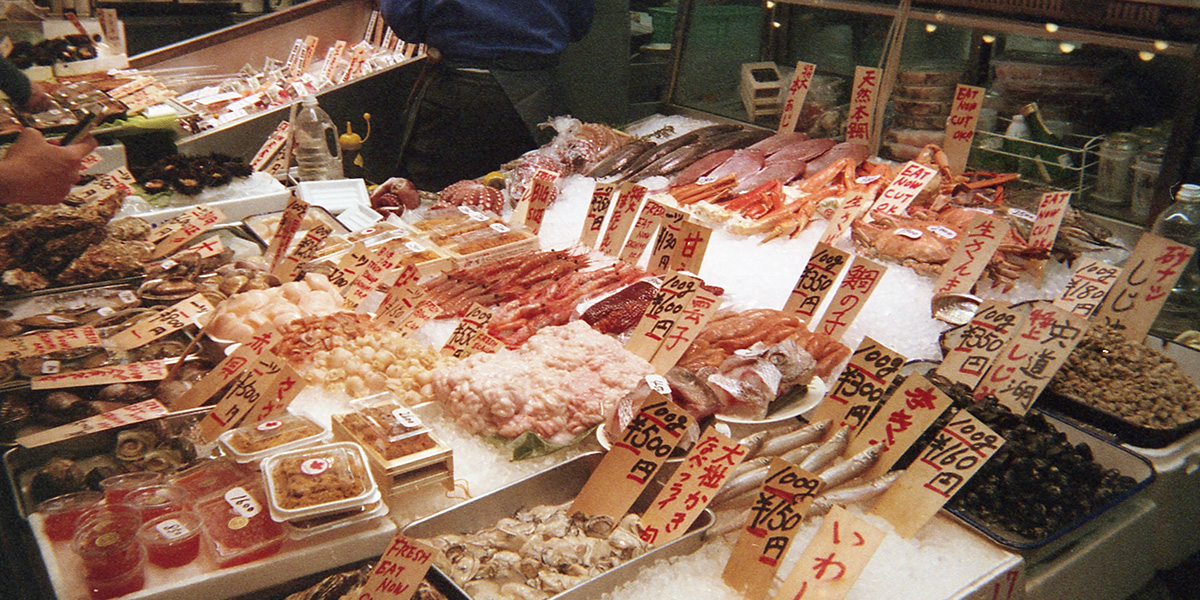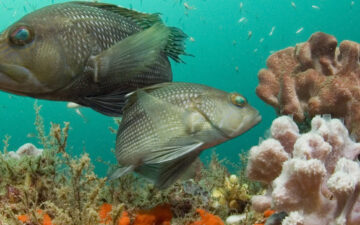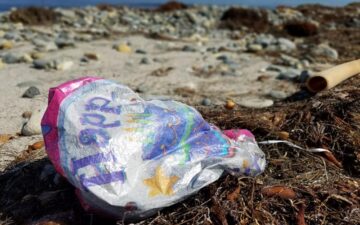In the U.S. alone, 74% of seafood tested at sushi restaurants was mislabeled; 38% of seafood at non-sushi restaurants was mislabeled; and 18% of seafood sold in grocery stores was mislabeled.
Every day, our lives are colored and shaped by food. Breakfast sandwiches, cereals, smoothies, and waffles wake us up in the morning, while salads, soups, cooked meat, and chocolate close out the night. Inherited food traditions connect families, communities, and nations under shared identities— perhaps most prominently during the major holidays. In Sicily, Christmas is synonymous with the Feast of the Seven Fishes, where local tables burst with fried, steamed, roasted, and raw seafood dishes. On December 23, many Icelandic people fast together, snacking only on boiled potatoes and fermented skate. Across eastern Europe, carp stands as the undeniable centerpiece for any Christmas feast. Back in Mexico, families tuck into a few traditional fish platters and stews with spicy tamales. While Kwanzaa celebrators along the Gulf coast dig into pots of seafood jambalaya and gumbo. Yet despite this culturally intimate and biologically dependent relationship, most of us have little idea where and how our food is grown or harvested. This has not always been the case.

@Rawpixelimages / Dreamstime.com
Go back two centuries; most people understood the workings behind their meals because most had a direct hand in its production. As rural populations flocked to consumer city centers and technological advances dissolved the previous limitations of trade, the distance between farms and kitchens grew. This is where modern society’s general ignorance about food origins became normalized. The literal gap between the growing and harvesting, the transportation, the preparation, and the consumption of food bred a vast gap in people’s basic understanding of the food system. But why does this figurative and literal distance matter?
Today’s globalized food industry undoubtedly has its merits— larger animal/crop yields mean fewer empty stomachs, plus we can easily buy both tortilla chips and cookie dough at the same stop-and-shop. However, the vague path bridging our food source and our stomachs has spawned a dangerous lack of transparency and accountability throughout the supply chain. Our general dissociation and ignorance of food origins, as modern consumers, left us open to all kinds of risks.
Over the past few decades, numerous reports about the unsanitary, unsustainable, or else inhumane conditions within the commercial food industry have emboldened consumers to begin questioning their diets: How was this animal raised? Is this produce organic? Does this contain GMOs? Is it local? With every inquiry emerged a reactionary food trend, from kale and quinoa to gluten-free and paleo diets—each a hopeful step forward towards a healthful, more sustainable lifestyle. Yet recently, it’s become apparent that not only do most of us still have no clue where our food comes from, but many of us may not know what we’re even eating. Latest inquiries into the food system have unearthed the dark reality of food fraud.
Food fraud is the practice of deliberately substituting, tampering, or misrepresenting food products, often to increase profits or hide illegality. While food adulteration is hardly a new concept, over the past few years, news outlets have been rife with stories about popular products containing unknown variables. In 2013, Ikea was forced to recall its signature Swedish meatballs from cafeterias across Europe after horse meat was detected in some batches. In February 2016, Bloomberg rocked the nation with the headline: “The Parmesan Cheese You Sprinkle on Your Penne Could Be Wood – Some brands promising 100 percent purity contained no Parmesan at all.” From spices to fruit juices, food fraud has permeated most people’s homes. Now, thanks to an investigative report conducted by Oceana, we know of one kitchen staple that carries a disturbingly high rate of fraud: seafood.
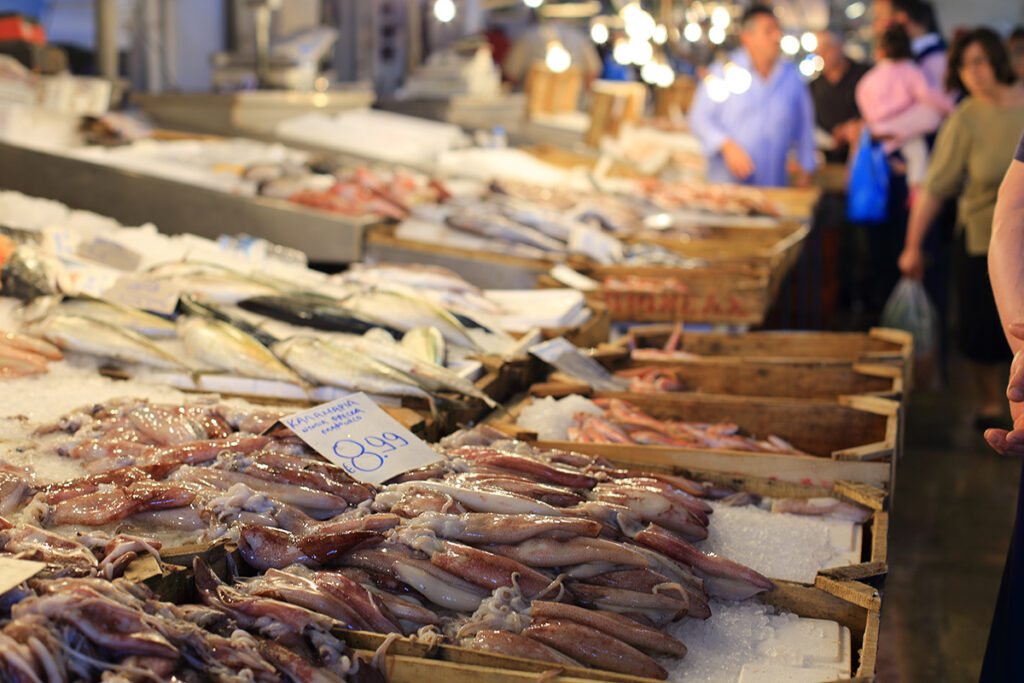
Amidst America’s ever-evolving food culture, seafood has long been a constant. Year after year, the U.S. boasts the world’s second largest seafood market, yet over 90% of seafood consumed in the U.S. is imported. Consequently, the journey of seafood from the sea to the plate has become rather complex and is often filled with numerous transformations, whether it be shrimp to cocktail, lobster to roll, or fish to fillet. This multi-step system has made it easier to conceal the real origin or identity of many types of seafood, resulting in an industry now polluted with fraud.
According to Oceana’s 2015 report, 20% of the more than 25,000 seafood samples tested worldwide were mislabeled. Snapper (87%) and tuna (59%) were regularly swapped out for lower grade, less expensive fish. Farmed Asian catfish was sold in place of 18 different kinds of more expensive fish, such as perch, cod, flounder, sole, and grouper. Some of the more shocking cases of fraud occurred in the U.S., where less than 1% of imported seafood is actually inspected for fraud. In one New York grocery store, blue line tilefish—which is on the Food and Drug Administration’s “Do Not Eat” list because of its high mercury content—was being relabeled and sold as both “red snapper” and “Alaskan halibut”. Across the country in Santa Monica, California, two sushi chefs were caught selling clients whale meat, insisting it was fatty tuna. It’s unclear whether or not grocery stores and restaurants are knowingly deceiving their customers, or if they themselves are also victims of seafood fraud, but the numbers speak from themselves. In the U.S. alone, 74% of seafood tested at sushi restaurants was mislabeled; 38% of seafood at non-sushi restaurants was mislabeled; and 18% of seafood sold in grocery stores was mislabeled.
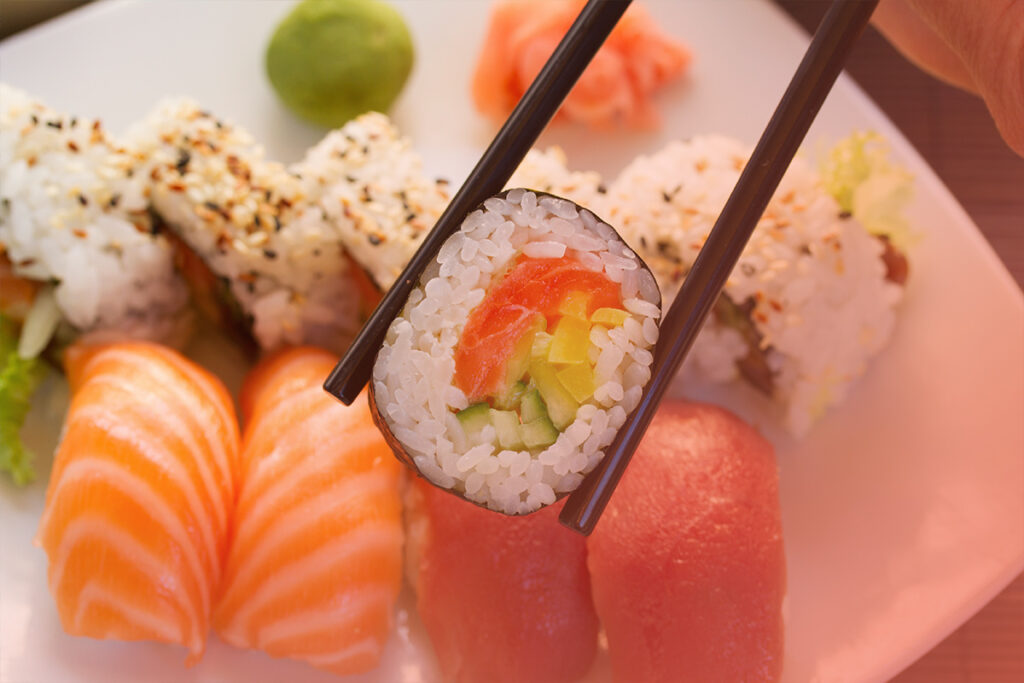
Besides cheating innocent consumers into purchasing seafood that’s not what they ordered, such fraud has deep-rooted consequences. Seafood fraud distorts estimates of sea life abundance that are vital for fishery management and species protection, as well as poses a serious health risk to fish consumers around the world. Before hitting the market, some types of seafood have to first be screened for potential allergens or toxins. If they are not properly labeled, that vital process may not happen, leaving unaware consumers vulnerable. One of the more disturbing discoveries of Oceana’s investigation was that roughly 58% of all the mislabeled samples had been substituted for species that possess known health risks, including bioaccumulated chemicals, natural toxins, and parasites.
As the true scale and pervasiveness of seafood fraud comes to light, it is now our responsibility, as consumers, to proceed mindfully and continue to implore the truth in our food system. With the holidays coming up, it’s natural to ease back into the comfort of tradition, many of which are rooted in food. In the face of fraud, it’s these traditions we must keep in mind, because it’s their sanctity which seafood fraud threatens.
